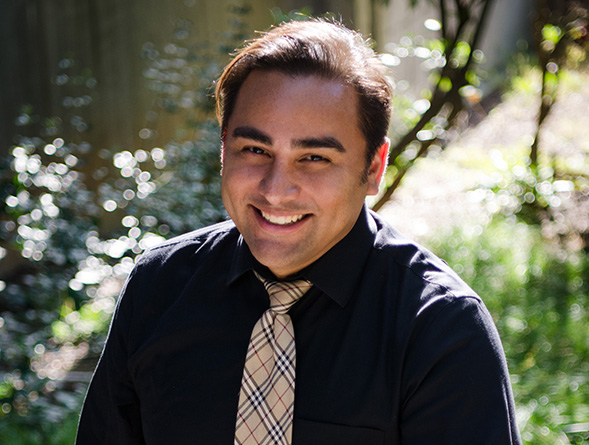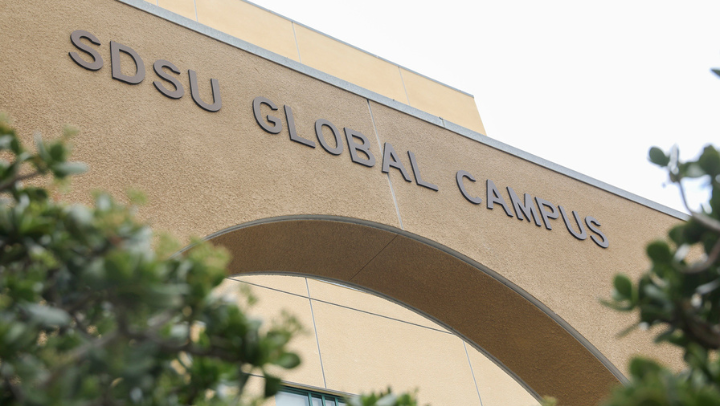New Professor Gives English Learners Chance to Succeed
Sal Maldonado brings a background in bilingual education to the SDSU faculty.

As an undergraduate student at California State University, Los Angeles, Maldonado took classes with field experience components, which involved him visiting schools and documenting what he observed in classrooms.
“I found it so involving to analyze classrooms and analyze instruction,” Maldonado said. “It was really transforming.”
Maldonado received his doctorate in education from University of California, Santa Cruz. He ran programs and college access initiatives for the Los Angeles Unified School District to recruit and support first-generation college students. Since 2010, Maldonado has been an educator for graduate students who are interested in becoming teachers.
“I’m really excited to join one of the leading and most prestigious colleges of education in the nation,” Maldonado said. “(My) Colleagues are great because we all have a shared value of equity and social justice.”
This fall, he is teaching the foundations of bi-literacy teaching in learning, a prerequisite course for candidates pursuing bilingual credential programs at SDSU. His second course is teaching mathematics to bilingual learners at the graduate level.
Maldonado focuses on what it means to have a social commitment to student’s families and communities, rather than just passing the credential program or state certification exam.
“(Maldonado) really brings a wealth of background and knowledge of bilingual education and a connection to the community, especially first generation college students,” department chair Karen Cadiero-Kaplan said. “He brings in his own life experience to his teaching. He really cares about his students and he is good at listening to them and really advocating for them.”
Outside of being a professor, Maldonado’s is trained by the American Evaluation Association as a professional evaluator. He travels to schools and school districts to evaluate whether specific programs of instruction are meeting the needs of students, especially dual language programs.
“I’m very conscientious that we can’t fix students,” Maldonado said. “What we can do is we can improve the way schools and school systems meet the needs of students and their families.”
According to the California Department of Education, over 40 percent of the public school population come from backgrounds where English is not their first language and 25 percent are still English language learners by the time they reach the public school system.
One of Maldonado’s goals is to address the instructional needs of English language learners in public school systems. He wants to be able to give students a fair chance at demonstrating their skills and knowledge in multiple languages of instruction.
“I believe in an equity-oriented perspective,” Maldonado said. “I think that inclusion and fairness for English language learners, including programming multiple languages and assessment, is critical.”
This article originally appeared in The Daily Aztec.



